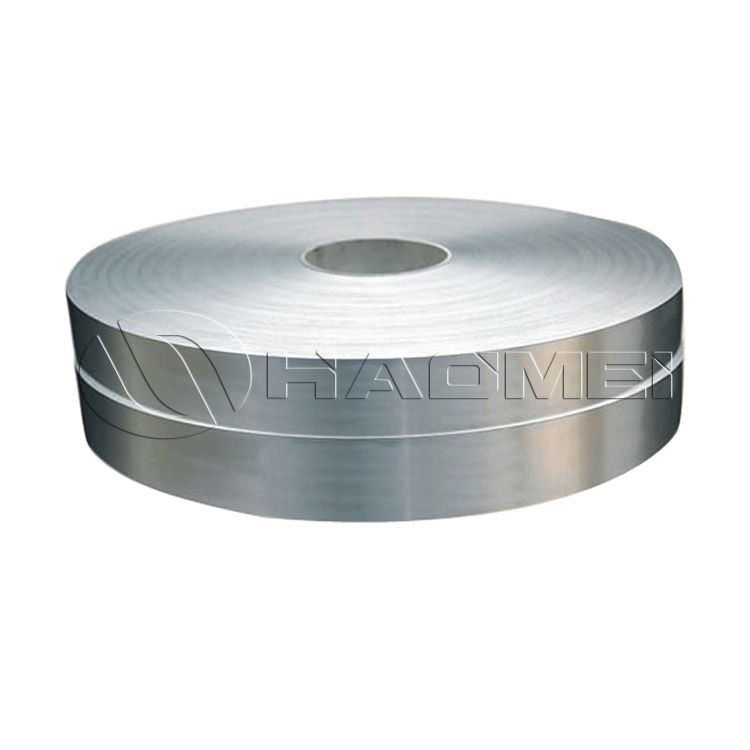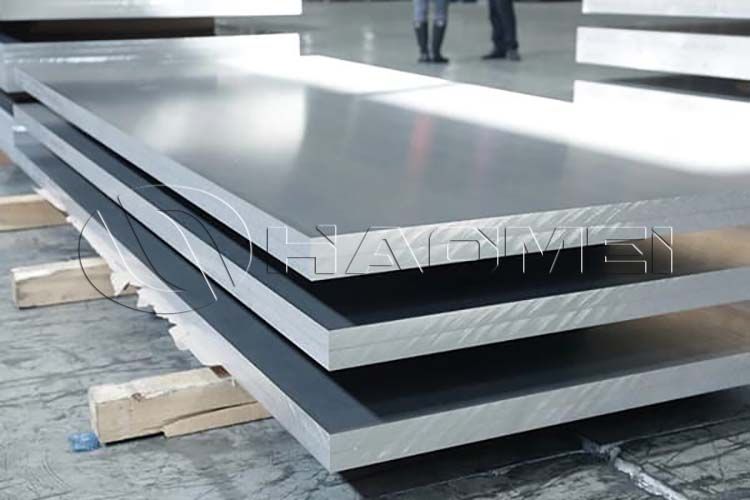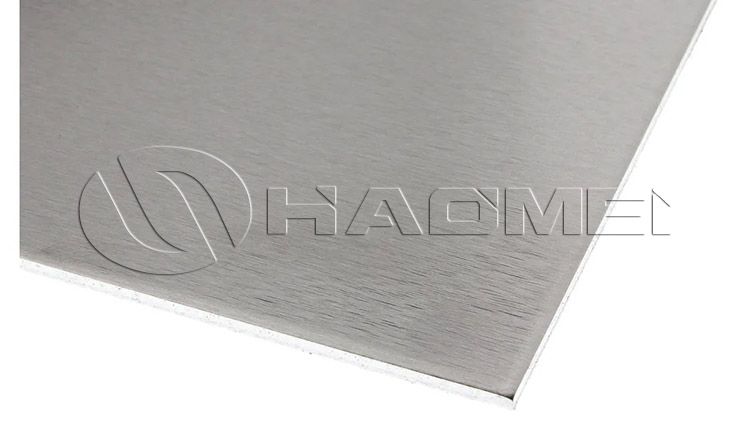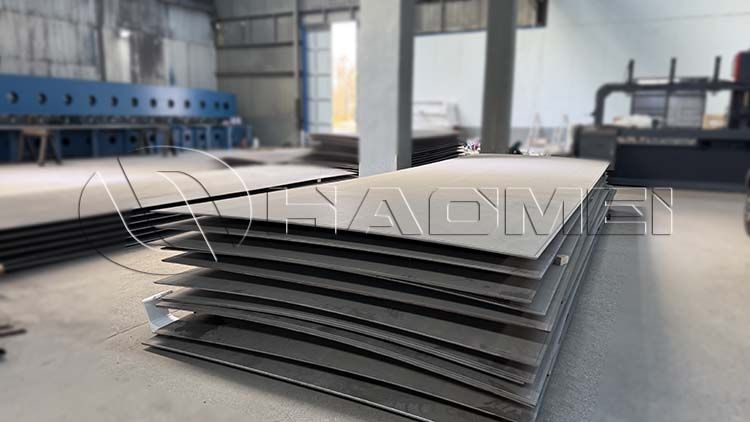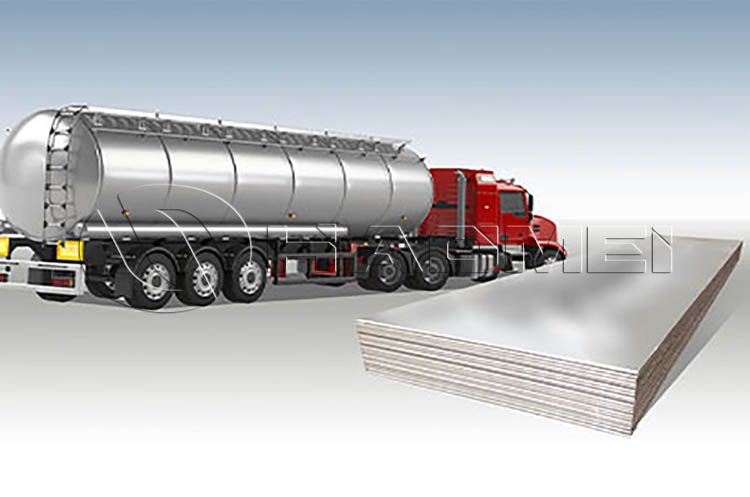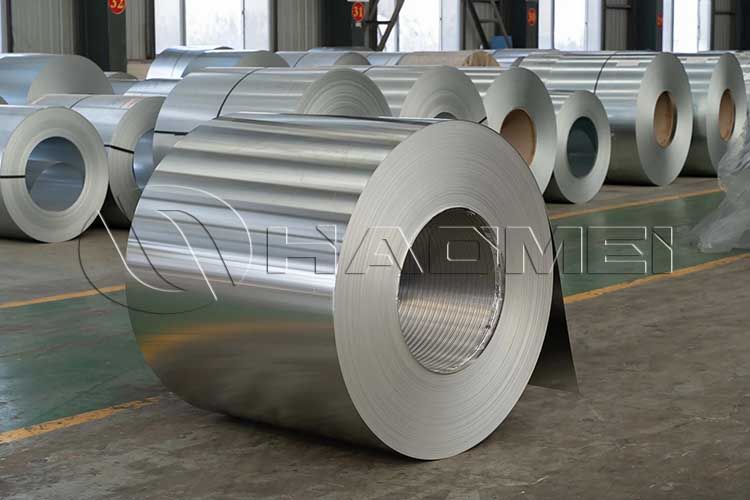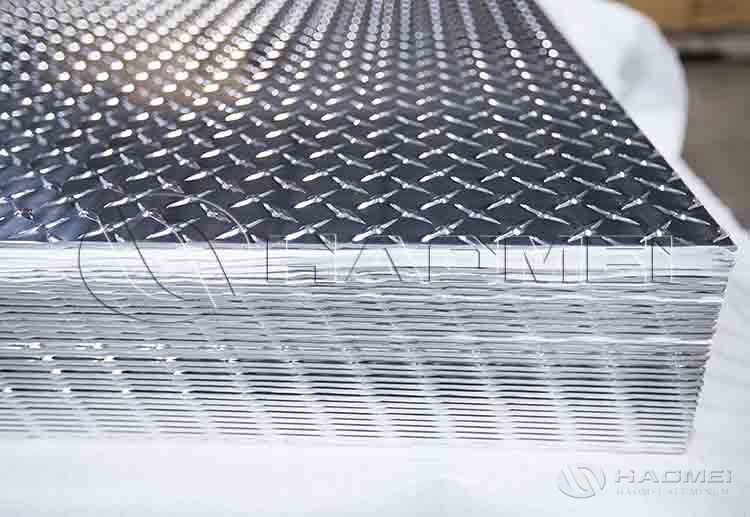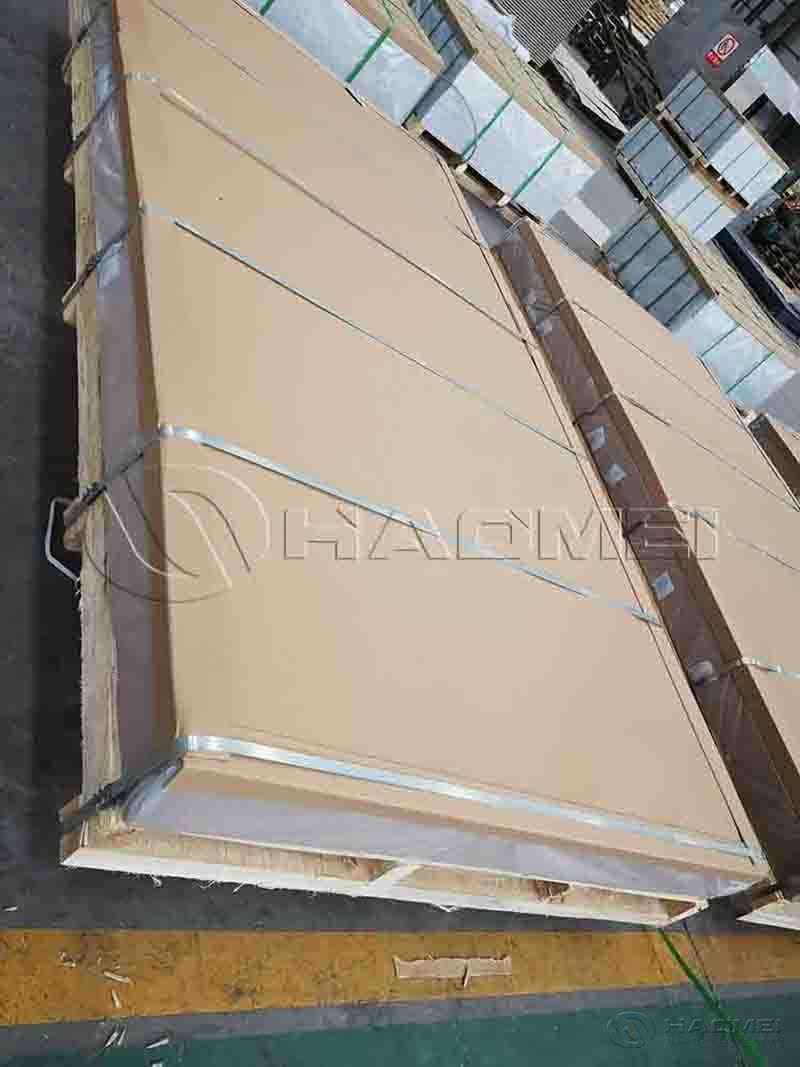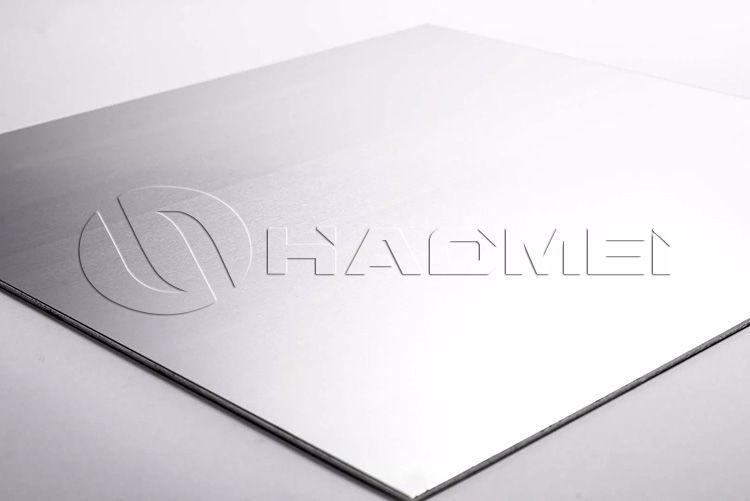Application and conditions of 6061 aluminum sheet in the aviation field
Aviation application
Fuse frame: 6061 aluminum sheet has become an ideal choice for manufacturing fuselage frame due to its excellent comprehensive performance. As the main load-bearing structure of the aircraft, the fuselage frame requires the material to have sufficient strength to withstand various complex stresses during flight, such as aerodynamics, the gravity of the fuselage itself, and the impact force during takeoff and landing. 6061 aluminum sheet can provide reliable structural support for the fuselage frame to ensure the stability and safety of the aircraft during flight.
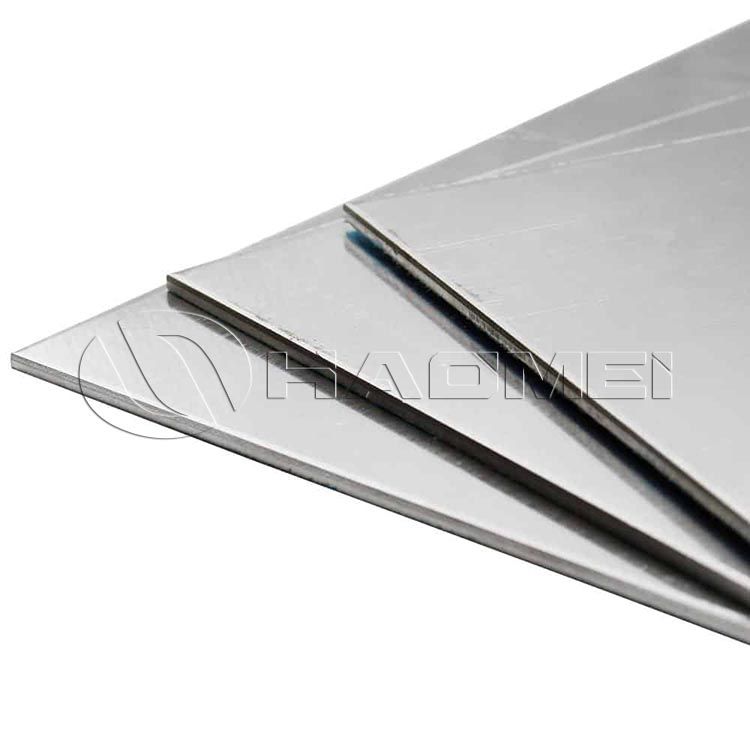
Wing beam: The wing beam is the key load-bearing component of the wing, bearing the huge lift generated by the aircraft during flight. Due to its high strength and good fatigue resistance, 6061 aluminum sheet can maintain structural integrity under long-term alternating loads, effectively avoid safety hazards caused by fatigue damage, and ensure the normal operation of the wing under various flight conditions.
Engine mounting bracket: The engine is the core power source of the aircraft, and the engine mounting bracket needs to withstand the strong vibration and force generated when the engine is running. The high strength and good anti-vibration performance of 6061 aluminum plate enable it to firmly fix the engine, effectively buffer the vibration of the engine, reduce the impact on other parts of the aircraft, and ensure the stable operation of the engine.
Conditions to be met
High strength: In aviation applications, the aircraft structure needs to withstand huge external forces, so 6061 aluminum plate must have high strength, and its tensile strength, yield strength and other mechanical performance indicators must meet strict standards to ensure that the structure is not damaged under extreme flight conditions. For example, the tensile strength of alloy 6061-t6 material usually reaches more than 290MPa and its yield strength reaches more than 240MPa.
Excellent fatigue resistance: During the service of the aircraft, each component will experience countless loading and unloading cycles, which places extremely high demands on the fatigue resistance of the material. 6061 aluminum plate must undergo special process treatment to optimize its internal organizational structure, improve the integrity and uniformity of the crystal, so as to have excellent fatigue resistance and extend the service life of the aircraft structure.
Good welding performance: In the aircraft manufacturing process, a large number of parts need to be connected into a complete structure by welding. 6061 aluminum sheet must have good welding performance, the strength and toughness of the joint after welding cannot be significantly reduced, and the air tightness and water tightness of the weld must be guaranteed to prevent leakage during flight.
Strict quality control and consistency: The aviation field has almost stringent requirements for the stability and consistency of material quality. Each batch of 6061 aluminum sheet needs to undergo comprehensive and strict quality inspection, including chemical composition analysis, mechanical property testing, internal defect detection, etc., to ensure that the material properties are highly consistent between different batches, and avoid affecting the overall performance and safety of the aircraft due to fluctuations in material properties.
Application and conditions of 6063 aluminum sheet in the aviation field
Aviation application
Aircraft interior parts: 6063 aluminum alloy sheets are often used to manufacture aircraft interior parts, such as ceilings, luggage rack frames, seat frames, etc. It has good surface treatment performance. After anodizing and other treatments, it can present a beautiful and durable surface effect, improve the overall texture of the aircraft interior, and meet the requirements of aviation interior for lightweight and corrosion resistance of materials.
Aircraft door and window frames: The materials for aircraft door and window frames need to have a certain strength to ensure the stability of the structure, and also have good processing performance to meet the requirements of complex shape design. 6063 aluminum sheet can be accurately processed into various shapes of door and window frames due to its good processability and moderate strength, and has excellent corrosion resistance, which can effectively resist the erosion of harsh environments such as humidity and low temperature faced by aircraft when flying at high altitudes.
Ventilation duct system: The ventilation duct system of the aircraft requires the material to be light, corrosion-resistant and easy to process and form. Aviation aluminum 6063 just meets these characteristics and can be made into lightweight and corrosion-resistant ventilation ducts to ensure the efficient operation of the internal air circulation system of the aircraft and provide a comfortable environment for passengers and crew members.
Conditions to be met
Medium strength and good plasticity: Compared with major structural components such as the fuselage, aircraft interiors, door and window frames and ventilation ducts have relatively low material strength requirements, but still need to have medium strength to ensure the reliability of the structure. At the same time, good plasticity enables 6063 aluminum sheet to be easily formed into various complex shapes during processing to meet the diverse needs of aviation design. For example, in the 6063-T6 state, its tensile strength is generally around 205MPa, its yield strength is around 180MPa, and it has good elongation.
Excellent surface treatment performance: Aviation interiors have high requirements for aesthetics and durability. 6063 aluminum plates need to be able to form a hard, dense and beautiful oxide film or coating through surface treatment processes such as anodizing and electroplating. This can not only improve the appearance quality of the material, but also further enhance its corrosion resistance, ensuring that there will be no surface fading, corrosion and other phenomena during long-term use.
Good corrosion resistance: During the flight of the aircraft, there is a certain humidity in the internal environment, and the external environment faces complex climatic conditions at high altitudes. This requires 6063 aluminum plates to have good corrosion resistance, and be able to maintain stable performance for a long time in harsh environments such as humidity and low temperature, to prevent structural damage or functional failure due to corrosion.
Comply with environmental protection and safety standards for aviation interiors: As an aircraft interior material, 6063 aluminum plates must meet strict environmental protection and safety standards. The material should be non-toxic and odorless, and should not release harmful gases under high temperature or combustion conditions to ensure the life safety and health of passengers and crew members. At the same time, the material must also have certain flame retardant properties to reduce the risk of fire.
Differences in requirements from other applications
Strictness of strength requirements: In other fields such as construction and automobile manufacturing, although there are also requirements for material strength, they are not as stringent as in the aviation field. For example, the use of 6063 aluminum alloy in building doors and windows has a strength requirement that is much lower than that of aircraft door and window frames, and the requirements for the performance stability of the material under extreme stress conditions are relatively low. In automobile manufacturing, although some aluminum alloy parts require a certain strength, the overall strength standard and the ability to withstand complex stress requirements are not the same as those of 6061 and 6063 aluminum plates in aviation applications.
Quality control and consistency: The aviation field has extremely strict control over material quality, and each link has precise standards and testing processes. In some ordinary industrial applications, the requirements for performance consistency between material batches are not as high as in the aviation field. For example, aluminum alloy plates used in the manufacture of electronic equipment housings also focus on quality, but the tolerance range of chemical composition and mechanical properties is much looser than that of aviation aluminum plates.
Special performance requirements: Aviation applications have clear requirements for special properties of materials such as fatigue resistance, high and low temperature resistance, and radiation resistance, which are not available in most other application scenarios. For example, components working in high-temperature environments of aircraft engines require 6061 aluminum plates to have good high-temperature strength and oxidation resistance; while for structures such as aircraft skins in high-altitude and low-temperature environments, materials must maintain good toughness and mechanical properties. In contrast, aluminum alloy materials used in ordinary civilian products such as furniture and daily necessities usually do not need to consider these special properties.
Environmental protection and safety standards: The environmental protection and safety standards of aviation interior materials are extremely high and are related to the life safety of people on board. In other application scenarios, such as outdoor facilities and industrial equipment, when using 6061 or 6063 aluminum alloys, the environmental protection and safety requirements for materials mainly focus on compliance with general environmental regulations and industrial safety standards, which are far less strict than those in the aviation field.
Original Source:https://www.aircraftaluminium.com/a/6063-6061-aluminum-alloy-sheets.html
